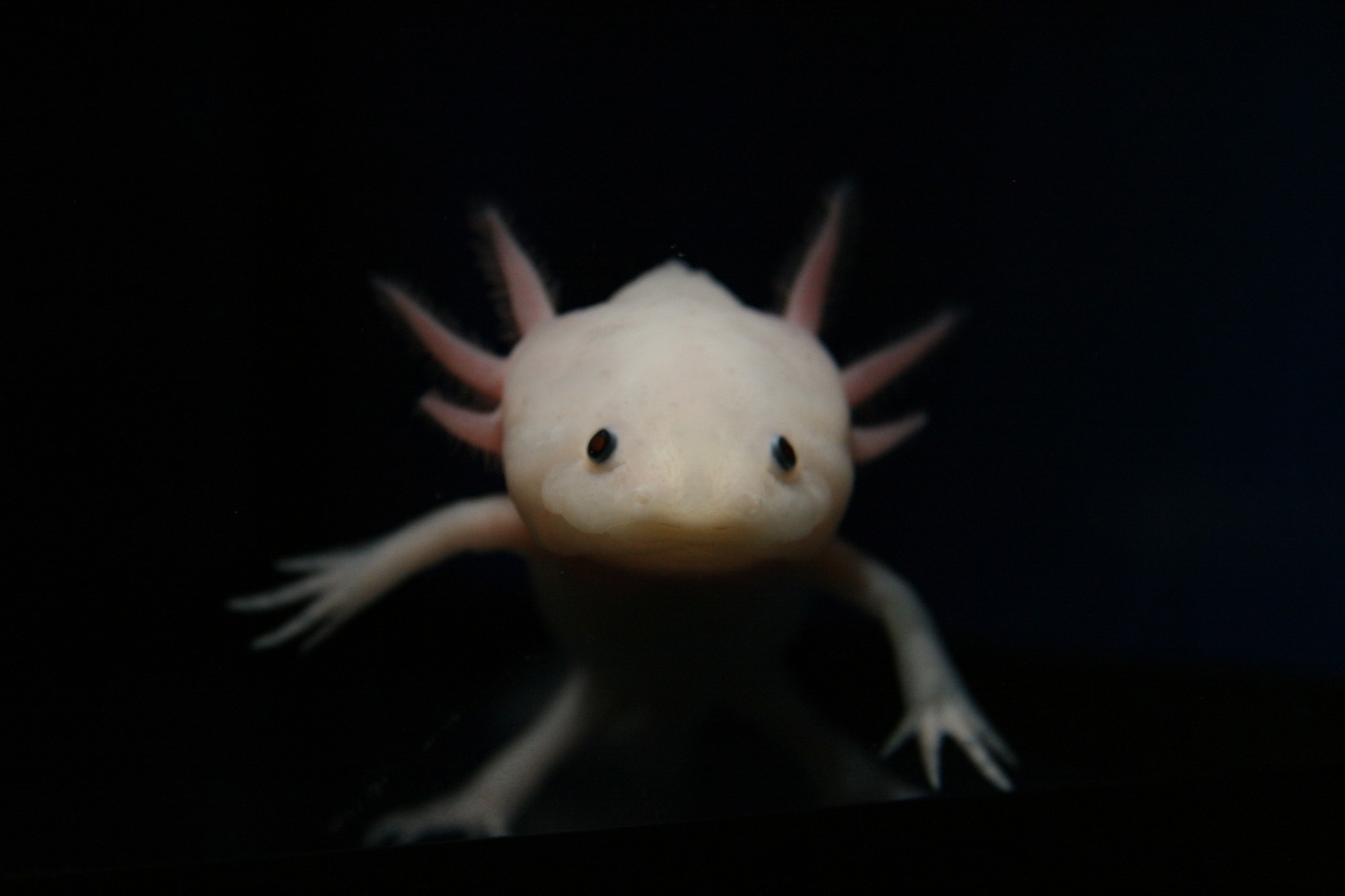Researchers from EPFL shed light on the axolotl’s unrivaled limb regeneration ability, contradicting long-held assumptions and providing fresh insights into possible mammalian limb restoration.
 An axolotl. Image Credit: Tatiana Sandoval-Guzmán (TU Dresden)
An axolotl. Image Credit: Tatiana Sandoval-Guzmán (TU Dresden)
The axolotl, a type of salamander, has long amazed biologists with its astonishing capacity to recover damaged limbs in the calm waters of Mexico. Due to this interesting feature, it has been a focal topic for researchers attempting to discover the mysteries of limb regeneration. Nonetheless, the axolotl’s regeneration potential has remained elusive, sparking considerable debate.
The crucial participant is a structure known as the “apical-ectodermal-ridge” (AER), which is essential in forming vertebrate limbs. The AER develops from the so-called limb bud in the developing embryo and becomes the primary signaling center that organizes and guarantees that the new organism’s limbs grow appropriately. No limb should be produced without an AER.
What does this have to do with the axolotl? Various research attempts to understand how the axolotl regenerates its limbs have failed to ascertain whether or not these animals utilize or even have AER cells. The significance of this cannot be overstated, considering that these cells are shared by various species and are thought to be required for healthy limb development, including humans.
Scientists from EPFL and TU Dresden have now uncovered the process of the axolotl’s limb renewal, providing new insights with significant implications for human regenerative medicine.
The study, which was published in Nature Communications, was led by Can Aztekin’s group, an Early Independent Research Scholar (ELISIR) and a Branco Weiss Fellow at EPFL’s School of Life Sciences, in conjunction with Tatiana Sandoval-Guzmán’s group at TU Dresden.
Single-Cell Transcriptomics: A Multi-Species Atlas
The researchers began by compiling a transcriptome “atlas”—a high-level dataset—of single cells from many species, including the axolotl, humans, mice, chickens, and frogs. The transcriptome is a complete collection of RNA transcripts generated by the genome of a cell.
Leveraging an unprecedented atlas and comparing thousands of individual cells across five species, including humans and axolotls, our strategy gave us a unique chance to determine the axolotl's unique cellular landscape during limb regrowth as well as how similar these animals are to humans in an unbiased manner.”
Can Aztekin, Group Leader, Swiss Federal Institute of Technology Lausanne
The goal of the atlas was to perform extensive comparisons between the gene-expression patterns of different species during limb growth and regeneration and to discover which genes are and are not involved.
The team found that axolotls had cells that closely resembled AER cells.
Despite previous conflicting reports, our work shows that these creatures contain cells with characteristics similar to those essential in arm or leg development in other species, including humans.”
Jixing Zhong, Study First Author and PhD Student, Swiss Federal Institute of Technology Lausanne
Opening New Ways to Limb Regrowth
The study did, however, include a twist that calls into question long-held beliefs regarding limb regeneration. The researchers utilized a technique known as “spatial transcriptomics,” which could reveal which genes are expressed in specific areas of tissue.
The method demonstrated that axolotl limbs do not fully regenerate AER cells.
Aztekin concluded, “During regeneration in the axolotl, the AER-like cells do not completely reform in the way many had assumed—even countering the dogma in our commonly used textbooks—unveiling a unique approach to limb regrowth in axolotls.”
The study found that the axolotl, like other species, utilizes parts of the essential limb-development AER program, although it is distributed across diverse cell types. The revelation not only challenges previously held notions about limb regeneration and embryonic biology but also allows researchers to investigate different mechanisms for limb regeneration in animals, including humans.
Zhong concluded, “While it was previously thought that there was a universal method to limb regeneration, our findings indicate a more complex reality. Studying the regenerative capabilities of axolotls and frog tadpoles, evolutionarily the closest species to humans with limb regeneration abilities, we discovered that these species use different cell types during the regeneration process, suggesting that there might be multiple ways to achieve limb regeneration.”
Source:
Journal reference:
Zhong, J., et al. (2023). Multi-species atlas resolves an axolotl limb development and regeneration paradox. Nature Communications. doi.org/10.1038/s41467-023-41944-w